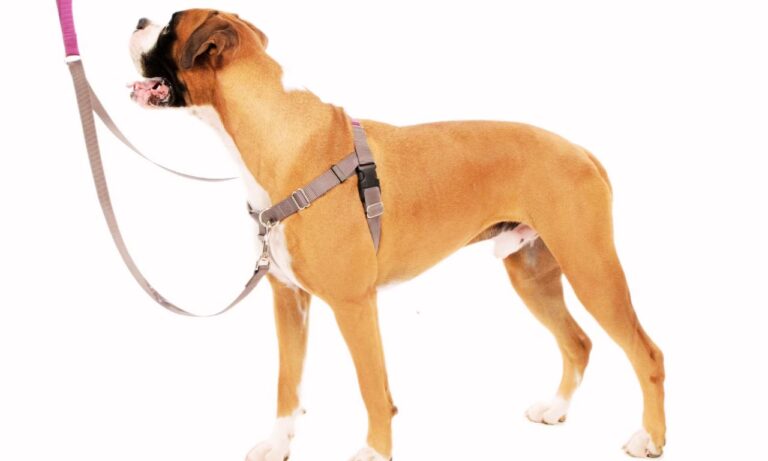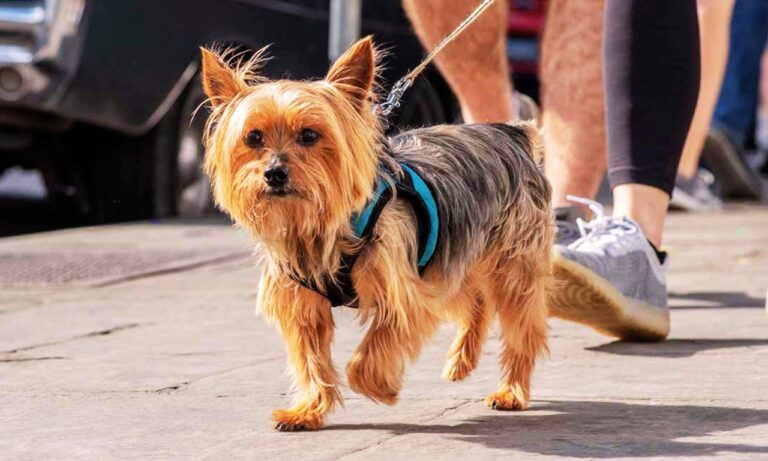| Summary: The Japanese Spitz typically weighs between 10 to 20 pounds. Males tend to be slightly larger, weighing around 15–20 pounds, while females usually range from 10–15 pounds. Despite their fluffy appearance, they are a compact, medium-sized breed, with a height of 12–15 inches at the shoulder. |
The Japanese Spitz looks like a tiny, magical ball of snow — full of energy, loyalty, and more cuteness than one household can handle. These stunning dogs are gaining popularity all over the world, not just for their looks, but also for their adaptable, loving personalities. But if you’re considering bringing one into your life, or already have a little floof by your side, you might be wondering: How much should a Japanese Spitz weigh? and Does Weight of Japanese Spitz change dramatically over time?
In this guide, we’ll explore the average weight of the Japanese Spitz, their growth stages, weight charts, and what you need to know to keep your dog healthy and thriving. Discover the benefits of using a harness by reading this guide on should a Collie wear a harness.
Blog Highlights
ToggleWhat Is the Average Weight of Japanese Spitz?
Japanese Spitz dogs are classified as a small to medium breed. They aren’t toy-sized like Chihuahuas, but they also aren’t as large as American Eskimo Dogs or Samoyeds, with whom they are often confused.

Here’s the typical weight range for a healthy adult Japanese Spitz:
- Male Japanese Spitz weight: 10–14 pounds (4.5–6.5 kilograms)
- Female Japanese Spitz weight: 9–13 pounds (4–6 kilograms)
Most Japanese Spitzes fall within these ranges when fully grown, although some males, especially in regions where the breed standard is a bit larger, can tip toward 15 pounds (7 kg).
Japanese Spitz Weight Chart by Age
To give you a clearer picture of how a Japanese Spitz grows, here’s a general weight chart from puppyhood to adulthood:
| Age | Average Weight (Pounds) | Average Weight (Kilograms) |
| 2 months | 3–5 lbs | 1.3–2.3 kg |
| 3 months | 4–6 lbs | 1.8–2.7 kg |
| 4 months | 5–7 lbs | 2.2–3.1 kg |
| 5 months | 6–8 lbs | 2.7–3.6 kg |
| 6 months | 7–9 lbs | 3.1–4.1 kg |
| 8 months | 8–11 lbs | 3.6–5 kg |
| 10 months | 9–12 lbs | 4–5.4 kg |
| 12 months (Adult) | 10–14 lbs | 4.5–6.5 kg |
Important: These numbers are averages. Every pup is unique! Genetics, diet, activity level, and even regional breed standards can cause slight variations.
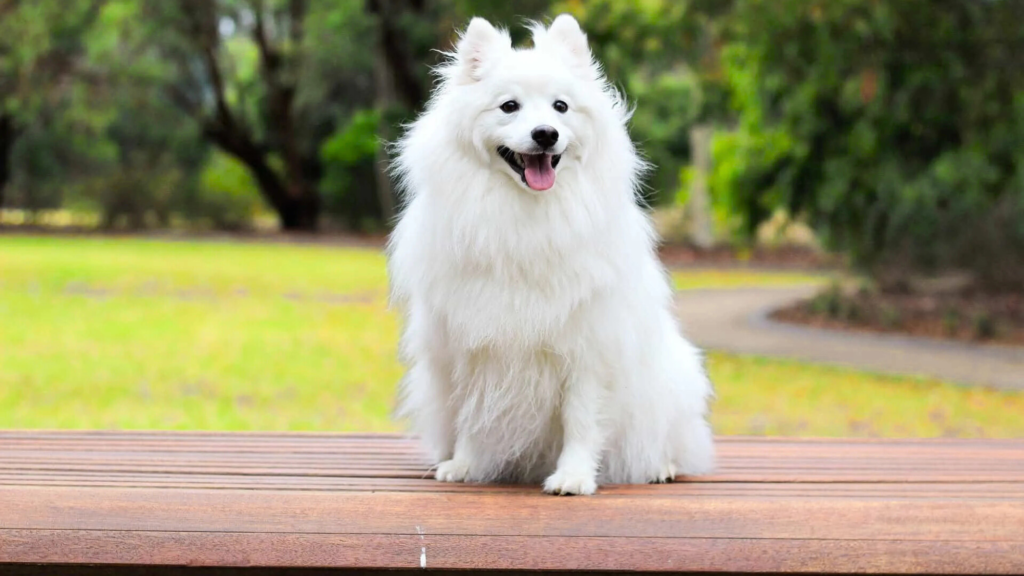
Learn if Dachshunds need special collars to provide the right support and comfort for their unique body shape.
How Fast Do Japanese Spitz Puppies Grow?
Japanese Spitz puppies grow surprisingly fast in their first six months.
Here’s a timeline of what to expect:
- Birth to 2 months: Tiny and fragile, relying on their mother’s milk. They gain weight rapidly week by week.
- 2–4 months: Big growth spurts occur! They’ll double or even triple their early weight.
- 4–6 months: Growth continues but at a slower, steadier rate.
- 6–12 months: Muscle and body filling out, fur becoming luxurious and fluffy.
- 12–18 months: Although most reach adult height by 12 months, many continue to gain muscle and “fill out” until 18 months.
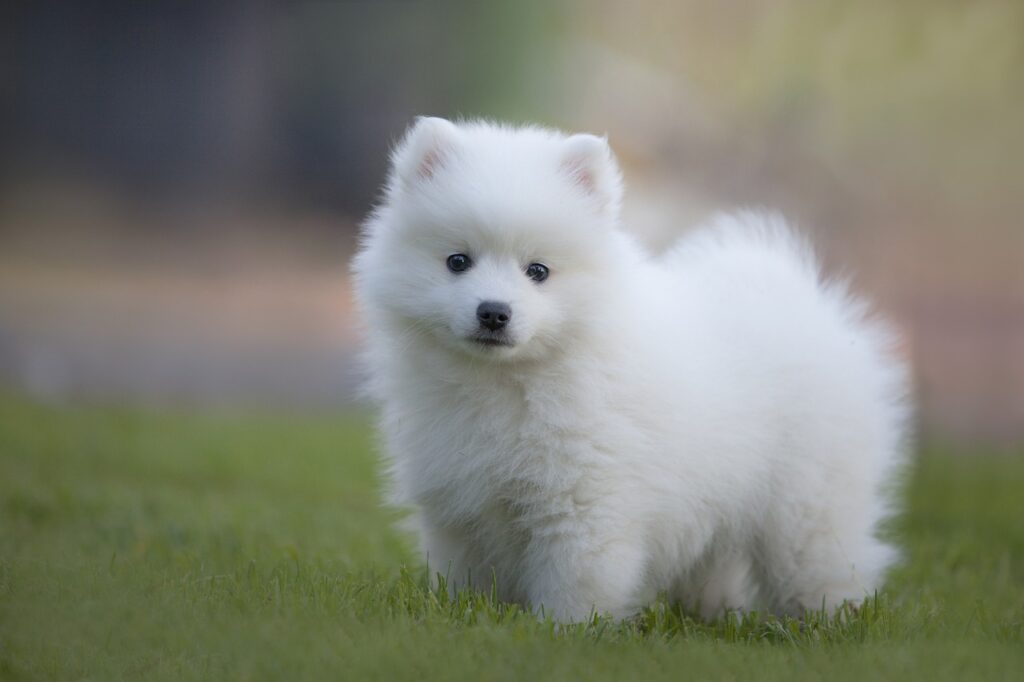
By around 6 months, your Japanese Spitz will look like a miniature adult, but they’re still maturing inside.
Male vs Female Japanese Spitz Weight Differences
While the difference isn’t extreme, males tend to be slightly heavier and larger than females.
- Males are more muscular and may have broader shoulders.
- Females tend to be finer-boned and sometimes slightly lighter by a pound or two.
However, personality differences are often more noticeable than size differences! Discover what size collar is best for a French Bulldog puppy to ensure both safety and comfort during their growing stages.
Ideal Body Condition: Not Just the Number on the Scale
While it’s useful to know the average weights, what matters more is body condition.
Signs your Japanese Spitz is at a healthy weight:
- You can feel their ribs easily without seeing them prominently.
- They have a visible waist when viewed from above.
- Their abdomen tucks up behind the ribcage when viewed from the side.
If you can’t feel the ribs easily, or if there’s no waist, your dog might be overweight.
If the ribs are glaringly visible and the hips are bony, your dog could be underweight.
Regular weigh-ins and vet checkups will help monitor their condition.
Factors That Affect Japanese Spitz Weight
Every Japanese Spitz is unique, and a few factors can influence where your dog falls on the scale.
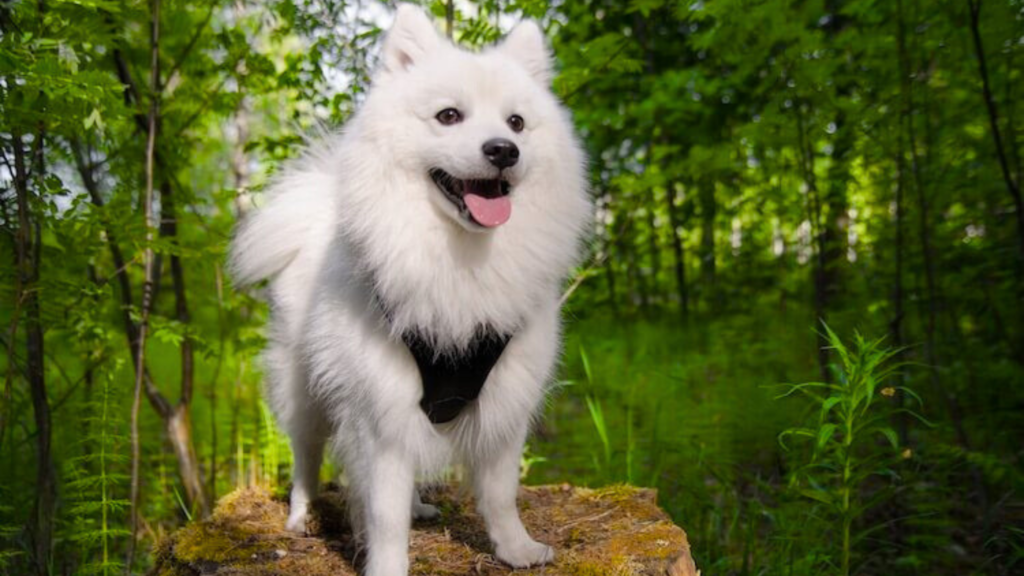
1. Genetics
Some lines of Japanese Spitz naturally produce slightly larger or smaller dogs.
If both parents are at the upper end of the breed standard, chances are your pup will be too.
2. Diet and Nutrition
Proper nutrition is critical.
- Puppies need high-quality puppy food rich in calories and protein to support rapid growth.
- Adults benefit from maintenance foods tailored for small to medium breeds.
- Seniors often need lower-calorie diets to prevent weight gain as their metabolism slows.
Always adjust portion sizes based on activity level and life stage.
3. Exercise and Activity
The Japanese Spitz is an active, playful dog.
Daily exercise — including walks, playtime, and mental enrichment — helps them burn calories and maintain healthy muscle tone.
Without enough exercise, they can easily gain unwanted weight, especially since they’re food-motivated.
4. Health Conditions
Certain health problems can cause weight changes, such as:
- Hypothyroidism: Leads to weight gain.
- Dental problems: Can cause weight loss due to eating difficulties.
- Parasites: Intestinal worms can result in malnutrition and weight loss in puppies.
Routine veterinary care keeps these risks in check. Understand if French Bulldogs can wear dog collars and how it affects their neck structure and overall health.
What Happens if a Japanese Spitz Is Overweight?
Obesity is a growing problem among companion dogs, and Japanese Spitzes are no exception.
Risks of excess weight include:
- Shortened lifespan
- Joint problems and arthritis
- Heart disease
- Diabetes
- Decreased quality of life
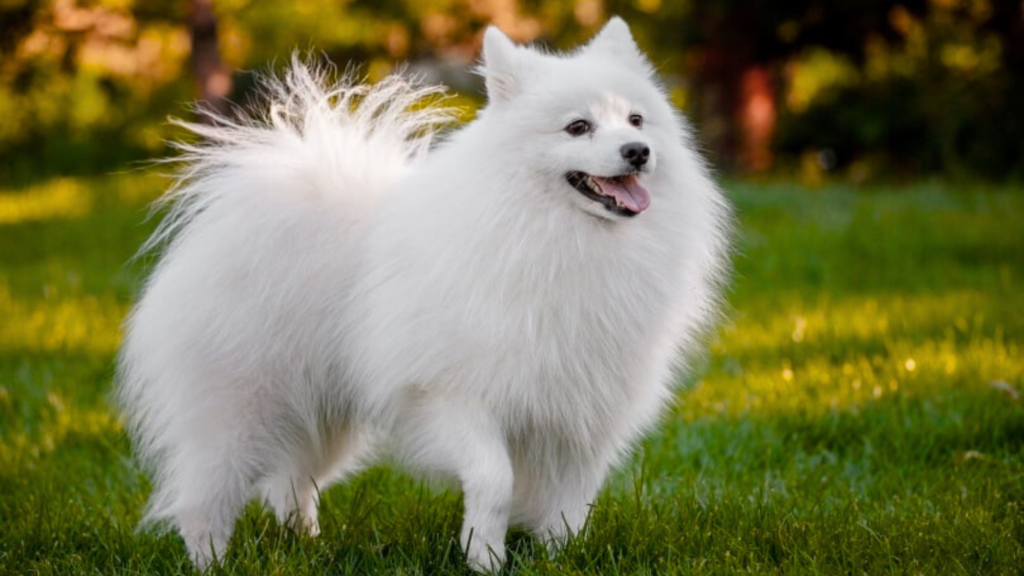
Even an extra 2–3 pounds is significant for a dog whose ideal weight is 10–14 pounds.
That would be like a human carrying around an extra 20–30 pounds!
Simple ways to prevent obesity:
- Stick to scheduled feeding times.
- Limit treats to no more than 10% of daily calories.
- Offer healthy low-calorie snacks like carrots or green beans.
Underweight Japanese Spitz: Should You Worry?
While less common, being underweight can also pose health risks.
Causes of being underweight include:
- Parasites
- Chronic illness
- Poor diet quality
- Dental issues
Signs of an underweight dog include visible ribs, spine, and pelvic bones.
If you notice these signs, a veterinary visit is essential to rule out underlying problems. Explore the best dog collars for French Bulldogs to keep them comfortable while ensuring durability and style.
Fun Fact: Coat Fluff Can Fool You
Because the Japanese Spitz has a super thick double coat, they often look larger than they really are.
During grooming sessions, you might be surprised at just how petite your dog’s frame is under all that glorious fluff.
Always rely on physical touch and actual weigh-ins rather than visual guesses.
How to Weigh Your Japanese Spitz at Home
If you don’t want to wait for vet visits, you can easily monitor your dog’s weight at home.
Here’s a simple method:
- Weigh yourself first.
- Pick up your dog and weigh both of you together.
- Subtract your weight from the combined weight.
It’s quick, and many owners track their dog’s weight monthly using this method!
Senior Japanese Spitz and Weight Changes
As your Japanese Spitz moves into the senior years (around 8–10 years old), their metabolism slows.
Common changes include:
- Decreased appetite
- Slower activity levels
- Muscle loss if exercise isn’t maintained
Switching to a senior dog food formula and providing low-impact exercise like leisurely walks can help maintain a healthy weight in old age. Find the best dog collars for Dachshunds that accommodate their long bodies and prevent strain on their necks.
Japanese Spitz Growth Milestones
| Milestone | Expected Age |
| Teething starts | 3–4 weeks |
| Walking confidently | 6–8 weeks |
| Full puppy coat | 3–4 months |
| Adult teeth | 6 months |
| First full coat blow (shedding) | 6–9 months |
| Full height | 10–12 months |
| Full body maturity | 12–18 months |
Knowing these milestones helps you better understand and support your dog’s development.
Real-Life Examples: Japanese Spitz Weights
Hearing about real-world Japanese Spitzes can give you extra context.
- Sora: 13 pounds (5.9 kg), male, living in Australia. Loves hiking and chasing birds.
- Mochi: 11 pounds (5 kg), female, in the USA. Adored for her trick performances.
- Yuki: 12.5 pounds (5.7 kg), male, a therapy dog in Canada.
- Hana: 10 pounds (4.5 kg), female, famous on Instagram for her fluffy poses.
These examples show how most Japanese Spitzes comfortably fall into the 10–14 pound range.
Final Thoughts: Embrace the Fluffy Journey
The Japanese Spitz is truly a joy — playful, loyal, and oh-so-huggable.
When it comes to weight:
- Average Weight of Japanese Spitz: 10–14 pounds (4.5–6.5 kg).
- Males are usually a little heavier than females.
- Healthy body condition is more important than the number on the scale.
With proper nutrition, exercise, and lots of love, your Japanese Spitz will reward you with endless affection and a lifetime of unforgettable memories. Get insights into what is best for Dachshunds: a collar or harness for their safety, comfort, and health during walks.
Watching your little cloud grow, mature, and thrive is one of the purest joys of dog ownership.
Celebrate every milestone, weigh-ins included! 🎉🐾


